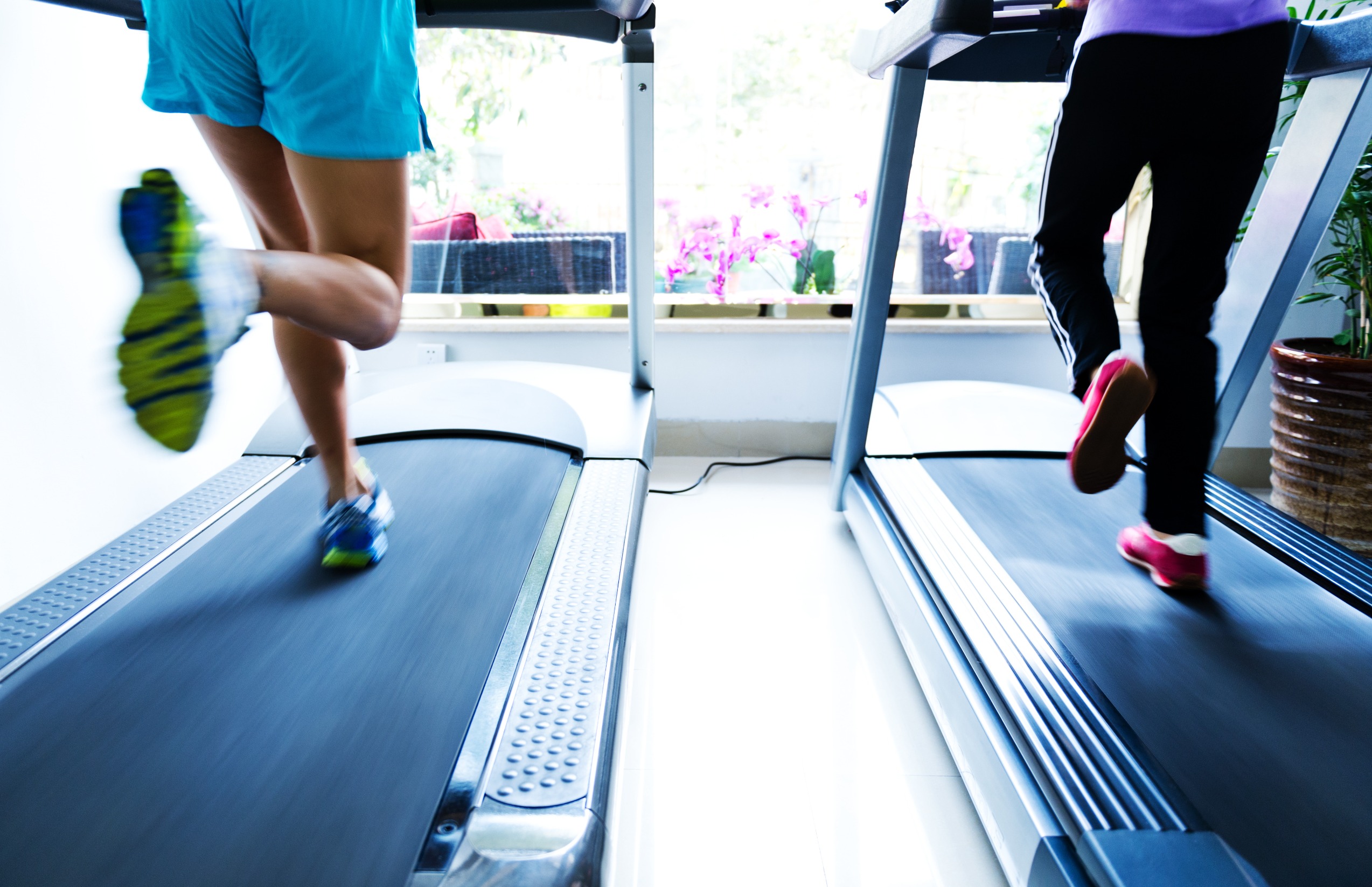Gout, often characterized by sudden and severe pain in the joints, can be a debilitating condition. Many people struggle to find effective ways to manage their symptoms and prevent flare-ups. While medication plays a crucial role in treatment, lifestyle changes, particularly exercise, can significantly impact gout management.
Engaging in regular physical activity not only helps maintain a healthy weight but also improves joint function and reduces inflammation. By incorporating the right types of exercise into their routine, individuals with gout can experience fewer flare-ups and enhance their overall quality of life. This article explores how exercise can serve as a powerful tool in managing gout, offering practical tips and insights for those looking to take control of their health.
Understanding Gout
Gout represents a painful joint condition characterized by sudden and severe inflammatory attacks. Understanding its causes and symptoms is crucial for effective management, including the role of exercise for gout.
What Is Gout?
Gout is a type of arthritis caused by elevated levels of uric acid in the bloodstream, leading to the formation of urate crystals in joints. This condition usually affects the big toe but can also target other joints, such as ankles and knees. The acute pain associated with gout often starts suddenly, often at night, leading to significant discomfort and limitation in mobility.
Causes and Symptoms
Gout arises from several factors that increase uric acid production or decrease its elimination. Excessive intake of purine-rich foods, alcohol consumption, obesity, and certain medications contribute to these factors.
Symptoms of gout primarily include:
- Intense joint pain, often at night
- Persistent discomfort in affected joints after the severe pain subsides
- Redness and swelling around the joint
- Limited range of motion in affected areas
Managing gout with exercise can alleviate some symptoms and improve overall joint health, making lifestyle changes essential in the prevention of flare-ups.
The Benefits of Exercise for Gout Management
Exercise plays a crucial role in managing gout by offering multiple benefits that contribute to overall health. Engaging in regular physical activity and gout management can help mitigate symptoms and enhance quality of life.
Reducing Inflammation
Exercise for gout provides a significant anti-inflammatory effect. Physical activity helps lower uric acid levels, thereby reducing the risk of flare-ups associated with gout. Moderate-intensity exercises, such as walking or cycling, stimulate blood circulation and promote the removal of inflammatory substances from the body. This mechanism supports the body’s natural defenses against inflammation, ultimately diminishing the severity and frequency of gout attacks.
Improving Joint Mobility
Managing gout with exercise enhances joint mobility and flexibility. Regular stretching and low-impact activities improve range of motion in affected joints, which is essential for maintaining function. Strengthening exercises also support the muscles surrounding the joints, providing stability and reducing the risk of injury. Improved joint mobility leads to a more active lifestyle, which is beneficial for individuals dealing with gout.
Types of Exercises Recommended for Gout
Regular exercise plays a vital role in managing gout by reducing uric acid levels and improving overall joint function. The following types of exercises are particularly beneficial for individuals with gout.
Low-Impact Aerobic Exercises
Low-impact aerobic exercises are essential for managing gout as they promote cardiovascular health without putting excessive strain on joints. Activities such as walking, swimming, and cycling enhance blood circulation, facilitating the removal of inflammatory substances. These exercises help maintain a healthy weight, which is crucial since obesity is a significant risk factor for gout flare-ups. Engaging in at least 150 minutes of moderate-intensity aerobic activity per week can significantly benefit individuals managing gout.
Strength Training
Strength training is also important in managing gout with exercise. Incorporating resistance exercises helps build muscle, which stabilizes joints and reduces injury risk. Focus on low weights with higher repetitions to avoid straining the joints. Target muscle groups surrounding the affected joints improves overall stability and function. Aim for strength training exercises at least two days a week, allowing for adequate recovery time between sessions.
Creating an Exercise Plan for Gout
Creating an effective exercise plan for gout management requires careful consideration of individual needs and physical capabilities. Incorporating regular physical activity can significantly contribute to managing gout symptoms, reducing inflammation, and enhancing overall well-being.
Consulting a Healthcare Professional
Consulting a healthcare professional is essential before starting any exercise program, especially for individuals with gout. A doctor or physical therapist can assess the severity of the condition and recommend appropriate exercises tailored to the individual’s fitness level. They can provide guidance on safe activities, ensuring optimal joint health while preventing injury. Additionally, professionals can help monitor uric acid levels and adjust exercise plans accordingly, promoting effective management of gout through physical activity.
Setting Realistic Goals
Setting realistic goals is crucial in managing gout with exercise. Individuals should aim for gradual progression, focusing on consistency rather than intensity. For instance, starting with 10-15 minute sessions of low-impact aerobic activities, such as walking or cycling, helps build endurance without stressing the joints. Incremental increases in duration or frequency can facilitate long-term adherence to an exercise routine. Establishing specific, measurable, attainable, relevant, and time-bound (SMART) goals assists in maintaining motivation while effectively managing gout symptoms.
Conclusion
Exercise plays a vital role in managing gout and enhancing overall well-being. By incorporating regular physical activity into daily routines, individuals can effectively lower uric acid levels and reduce inflammation. This not only helps prevent painful flare-ups but also improves joint mobility and strengthens the muscles around affected areas.
Crafting a personalized exercise plan tailored to individual needs is essential for success. With the right approach and guidance from healthcare professionals, individuals can enjoy a more active lifestyle while minimizing the impact of gout. Embracing these lifestyle changes can lead to a healthier and more fulfilling life, free from the limitations imposed by this condition.

